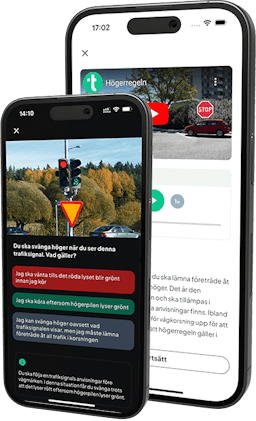Children
Children behave differently to adults and can find roads and traffic difficult to deal with. If you are driving and there are children on or close to the road, you should:
- Pay very close attention.
- Drive at a low speed.
- Maintain a good safety distance from the children.

Things to Keep in Mind About Children
Children have worse eyesight than adults. Their field of vision is narrower and they find it difficult to switch between near and distance vision.
Their hearing is not yet fully developed and they may find it difficult to identify where sounds are coming from.
They are very impulsive. They find it difficult to judge risks and might suddenly run out onto the road without considering the consequences.
Children are small in stature. This means that they can be difficult to see, particularly when you are reversing, for example.
School Crossing Patrols
Many children need to cross numerous pedestrian crossings and streets on their way to school. A number of schools have crossing patrols which help children safely cross the roads on their way to school. In order to make you aware that there are children nearby, these patrols often wear visible orange coats.

School patrols are not entitled to stop traffic. A pedestrian crossing with a school patrol is therefore regarded as an uncontrolled pedestrian crossing. This means that you have a duty to give way to pedestrians.
School Transport
Cars and buses which transport children to school are equipped with a special sign with orange indicator lights. The indicator lights on these vehicles will come on when the vehicles stop to drop off passengers. The lights will come on 100 metres before the drop- off point and will remain on while the vehicle is stopped. They will be turned off 100 metres after the drop-off point.



